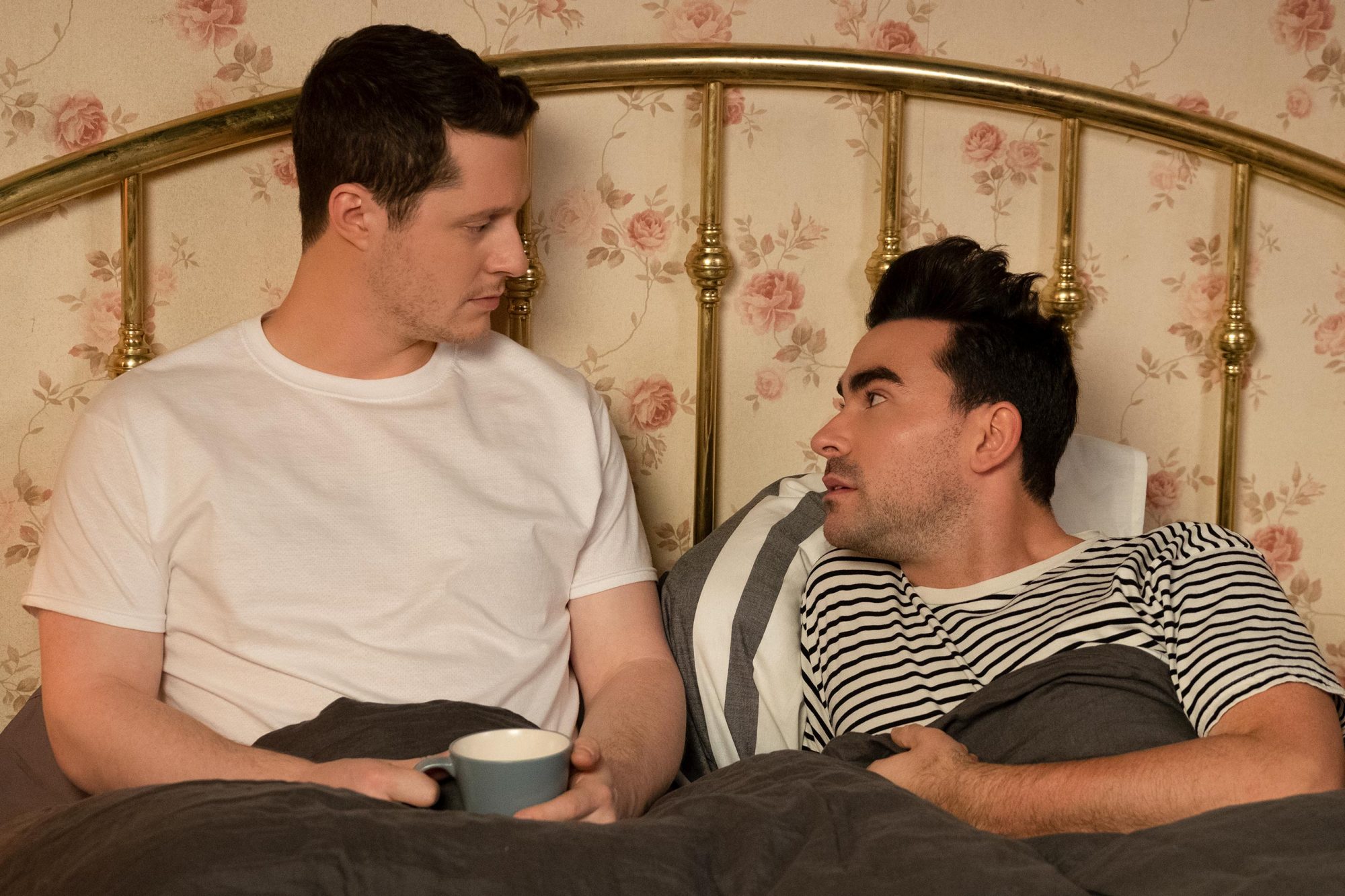Table of Contents Show
Hollywood: a land of make-believe, where dreams both come true and go to die. It is a well-known fact that the home of the movie and television industry has a sordid past, but most people today would say it is one of the most progressive industries to be a part of. That wasn’t always the case, however, especially when it came to queer representation. From morality codes and queercoded villains to harmful stereotypes and the prioritization of straightness in queer cinema, it has been a struggle to find an accurate representation of the queer community on the big — or small — screen. Has Hollywood finally found the formula or are we still fighting for queer representation?
Old Hollywood: The Hays Code
In 1934, Hollywood began self-censoring and fully adopted a set of rules, known as the Hays Code, to rehabilitate the industry’s image. Following several scandals, the Hays Code imposed morality on what come to be known as an immoral industry. With the implementation of the code came a strict list of “do not”s and “be careful”s. Just a few of the “do not”s were scenes depicting topics such as white slavery, interracial relationships, and homosexuality — though the latter was under the guise of perversion.
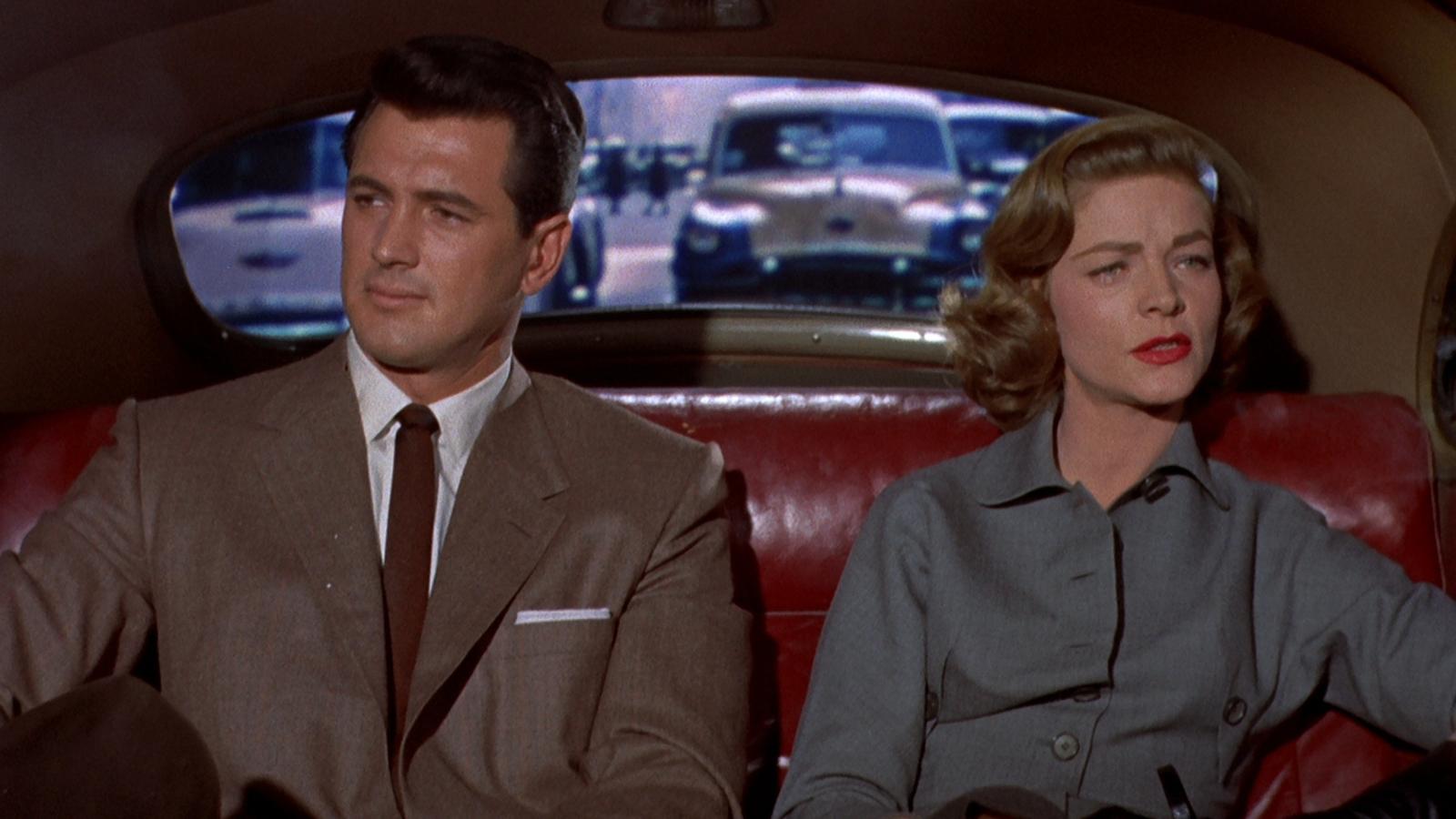
Alongside the censorship of the films produced, came the censorship of actors and actresses that stared in these films (( Morgan, T. (2020, July 22). When Hollywood Studios Married Off Gay Stars to Keep Their Sexuality a Secret. HISTORY. https://www.history.com/news/hollywood-lmarriages-gay-stars-lgbt )). This was due to morality clauses in contracts between the actors and the studios that employed them. This censorship also allowed for the studios to control the relationships that their contracted stars were seen in, though the studio itself was often privy– if not actively involved– in the stars’ behind-the-scenes affairs. Many of old Hollywood’s heart-throbs, such as Rock Hudson and James Dean, had their love lives curated by major studios to hide their queer identities from the public.
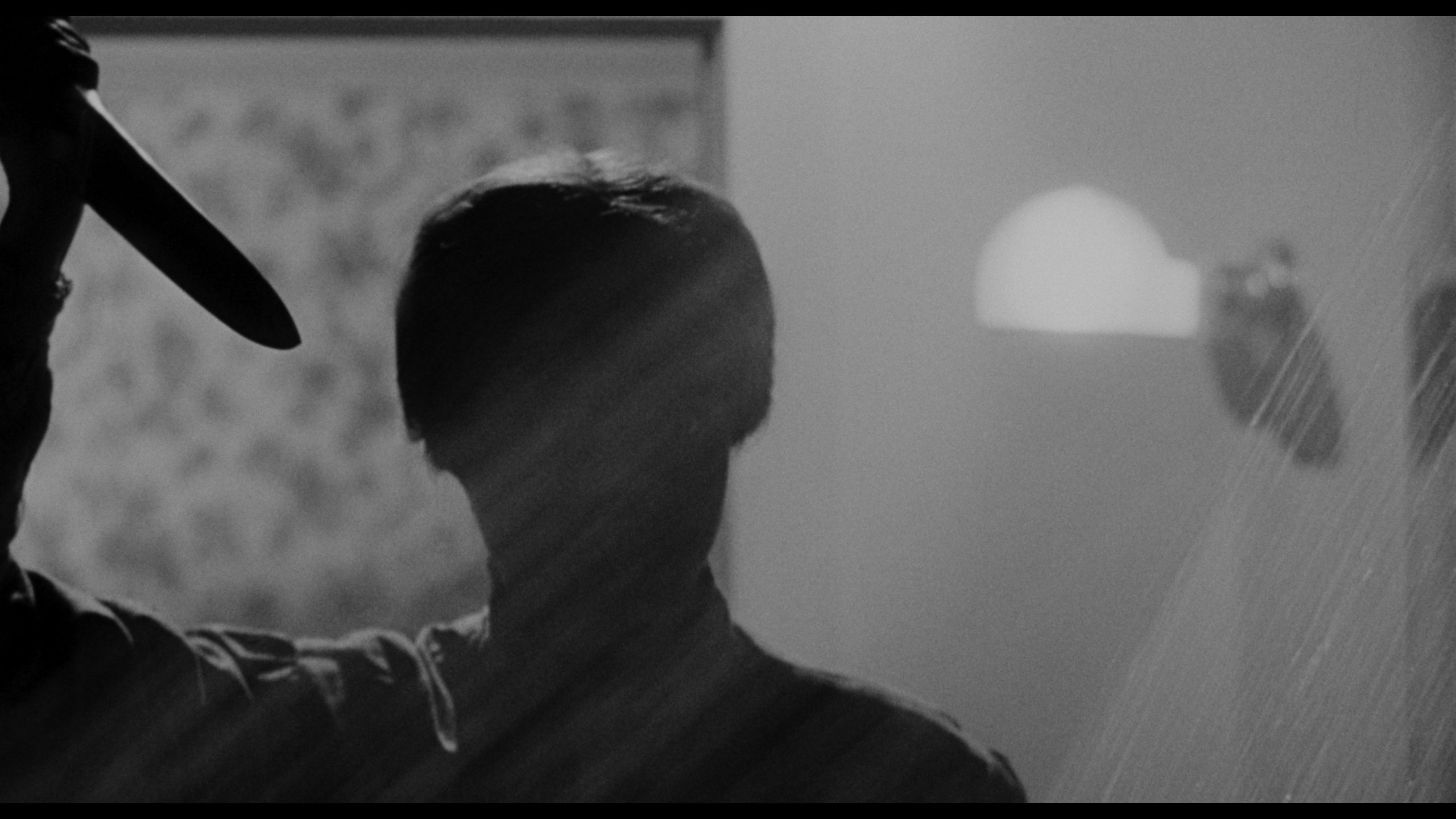
The Hays Code was only in effect from 1934 to 1968, however, certain practices that became normalized during the code can still be seen today. The dehumanization of queer people is one such example. Following the voluntary implementation of the code, Hollywood took to presenting many of its villains in a fashion reminiscent of homosexuality — this practice is called queer-coding. From Norman Bates dressed as his mother to Ursula, who was inspired by a drag queen named Divine, films subconsciously direct their audience to equate queer traits with villainy.
Making History & Her-Story
It wasn’t until The Pawnbroker (1964) that the world saw an undeniably homosexual character on the big screen via a major motion picture. Brock Peters played the role of Rodriguez, an openly gay pawnshop owner. Of course, right on the tail-end of the Hays Code, he couldn’t simply be a gay businessman, he was also the villain of the film. Despite the movie playing into the “dehumanization of queer people” trope, it does deserve mention for Rodriguez being explicitly queer, rather than continuing the cycle of queer-coding.
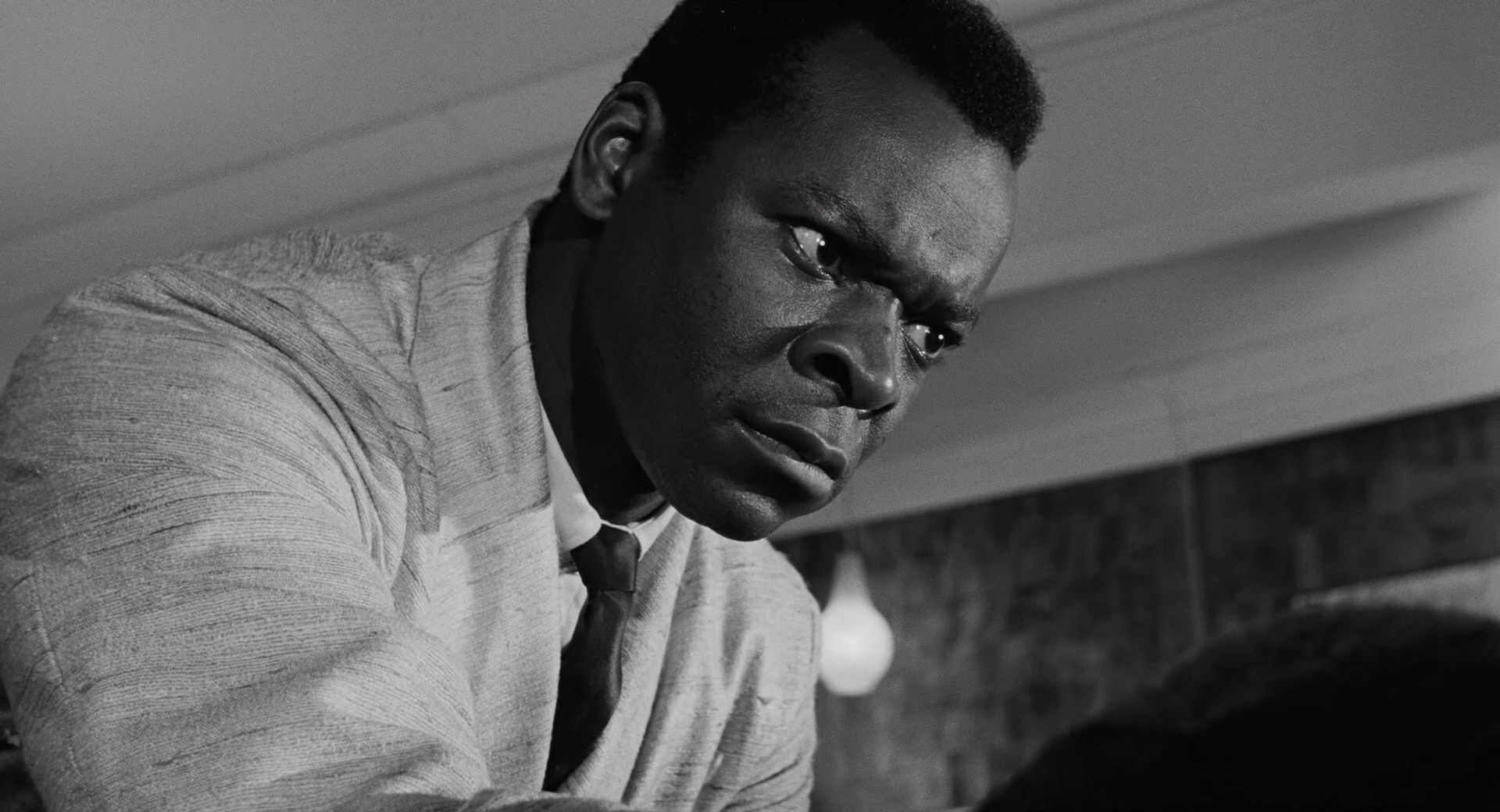
In order to find a more realistic and relatable queer character, we are actually going to jump ahead over thirty years to a sitcom called Ellen (1994-1998). In 1997, the titular character, played by Ellen DeGeneres, came out on national television in an episode titled “The Puppy Episode”. While she wasn’t the first female character to come out in film and television, she was the first main character to come out as queer. The actress followed suit, confirming her own sexuality, and the series ended not long after the big reveal due to the focus being put on gay issues.
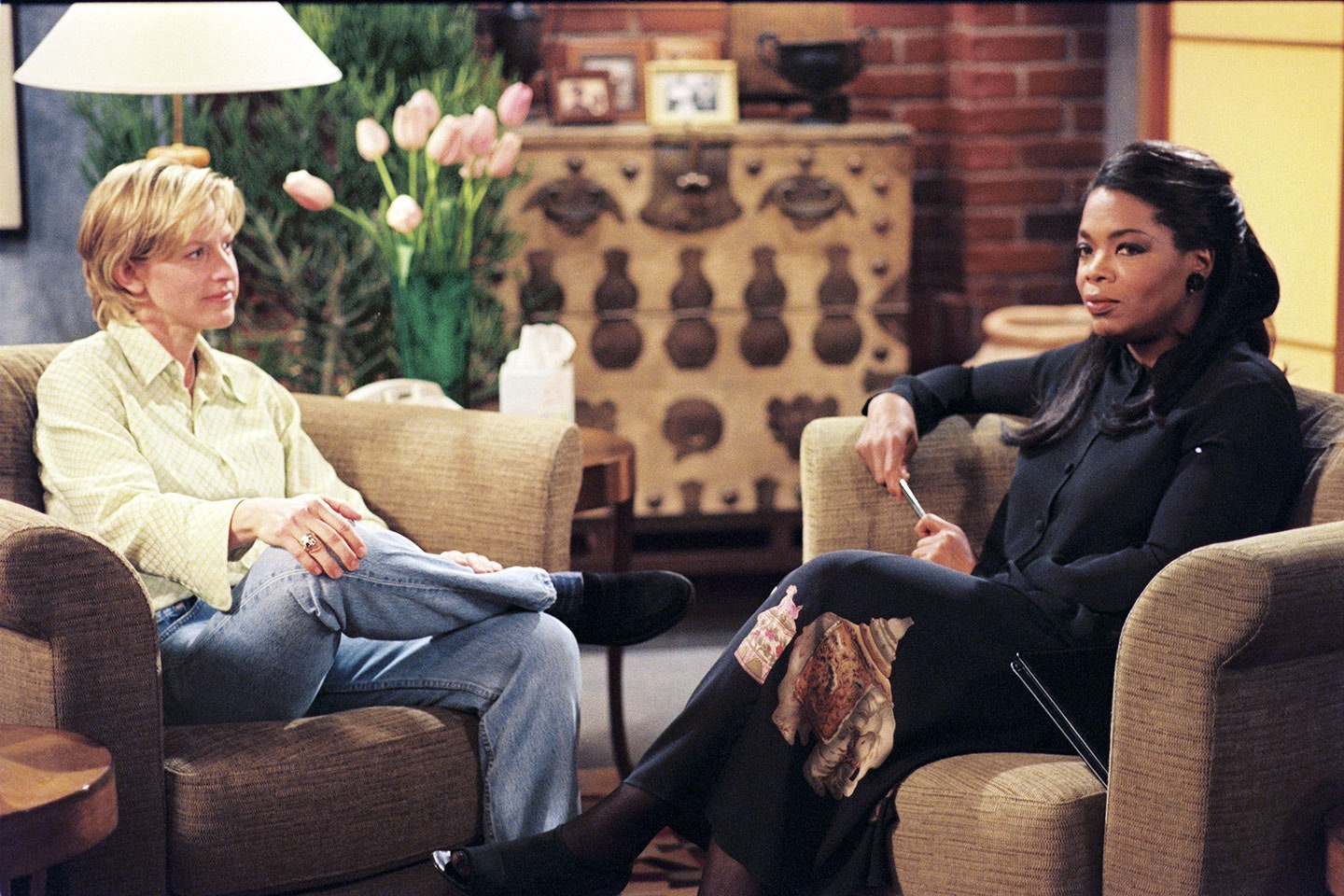
The same year that Ellen ended, we were introduced to a New York City dwelling duo by the names of Will & Grace (1998-2020). Centering around a gay man and his best friend, Will & Grace made history for having an openly gay main character for the entirety of the series, as well as having another gay series regulars that didn’t pursue a relationship with Will. It wasn’t free from stereotypes and it didn’t always handle issues as well as it could, but Will & Grace was groundbreaking. Its popularity allowed for it to have an original eight-season run as well as a relatively successful reboot that ran for another three seasons under the same name.
Gay For Pay
While Will & Grace propelled queer representation in the right direction, it had one not-so-progressive characteristic that we still see today: Will Truman was played by Eric McCormack, a straight man. Does this make Will & Grace any less groundbreaking? Absolutely not. But it does pose the question, why was Will & Grace so successful when Ellen had just been canceled for similar reasons?
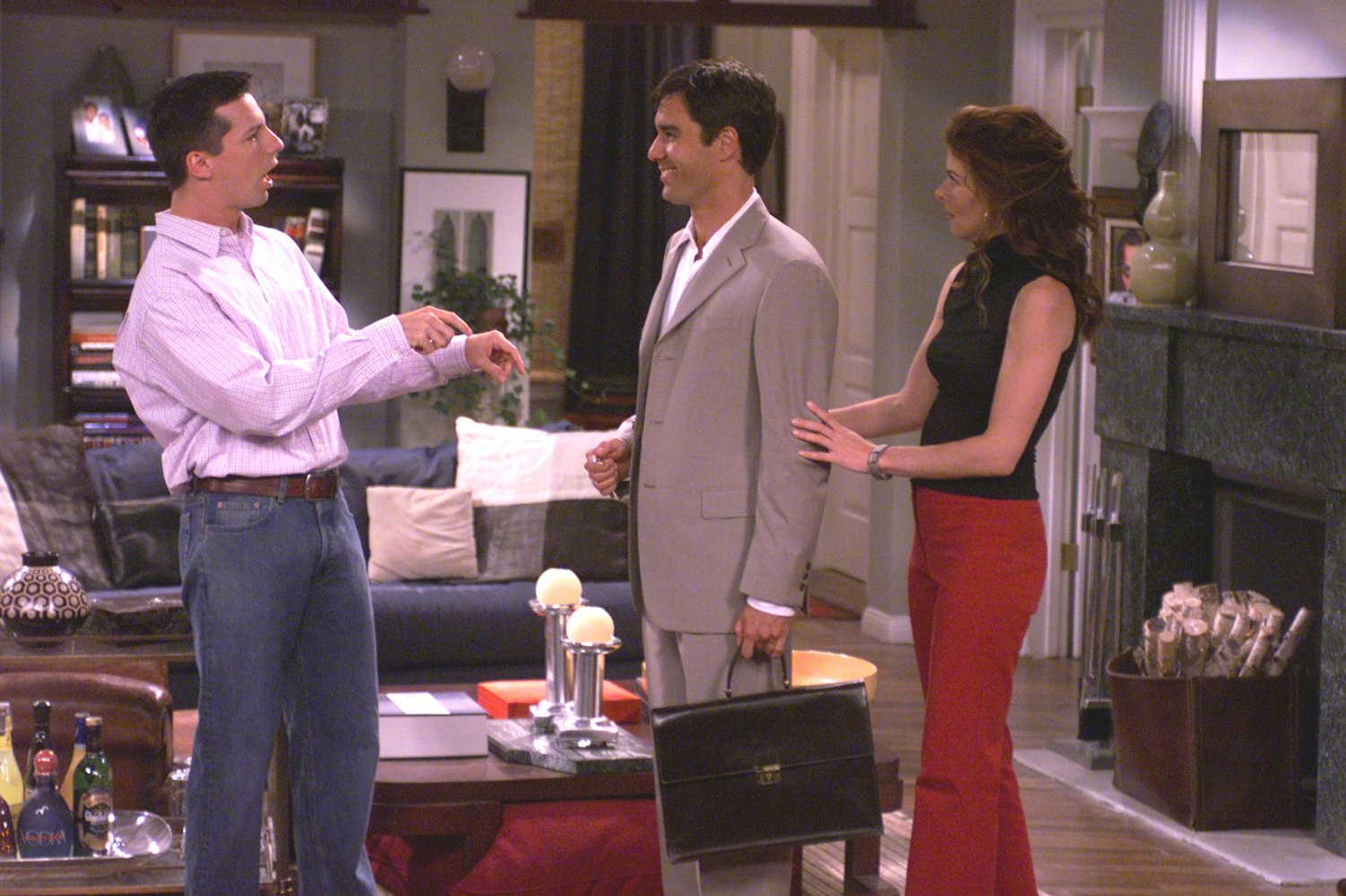
Will & Grace is far from an isolated incident, however. In 2010, Blaine Anderson (Darren Criss) was introduced into Glee (2009-2015). The straight actor played the love interest of Kurt Hummel (Chris Colfer) and almost immediately became a fan favorite. Later, Grant Gustin and Max Adler, both straight actors, also played gay characters on the show; Brittany and Santana, a lesbian couple, were also played by straight women. Similar to Will & Grace, the show had some groundbreaking moments that provided great queer representation — though this was not always the case, despite being created by Ryan Murphy, an openly gay man.
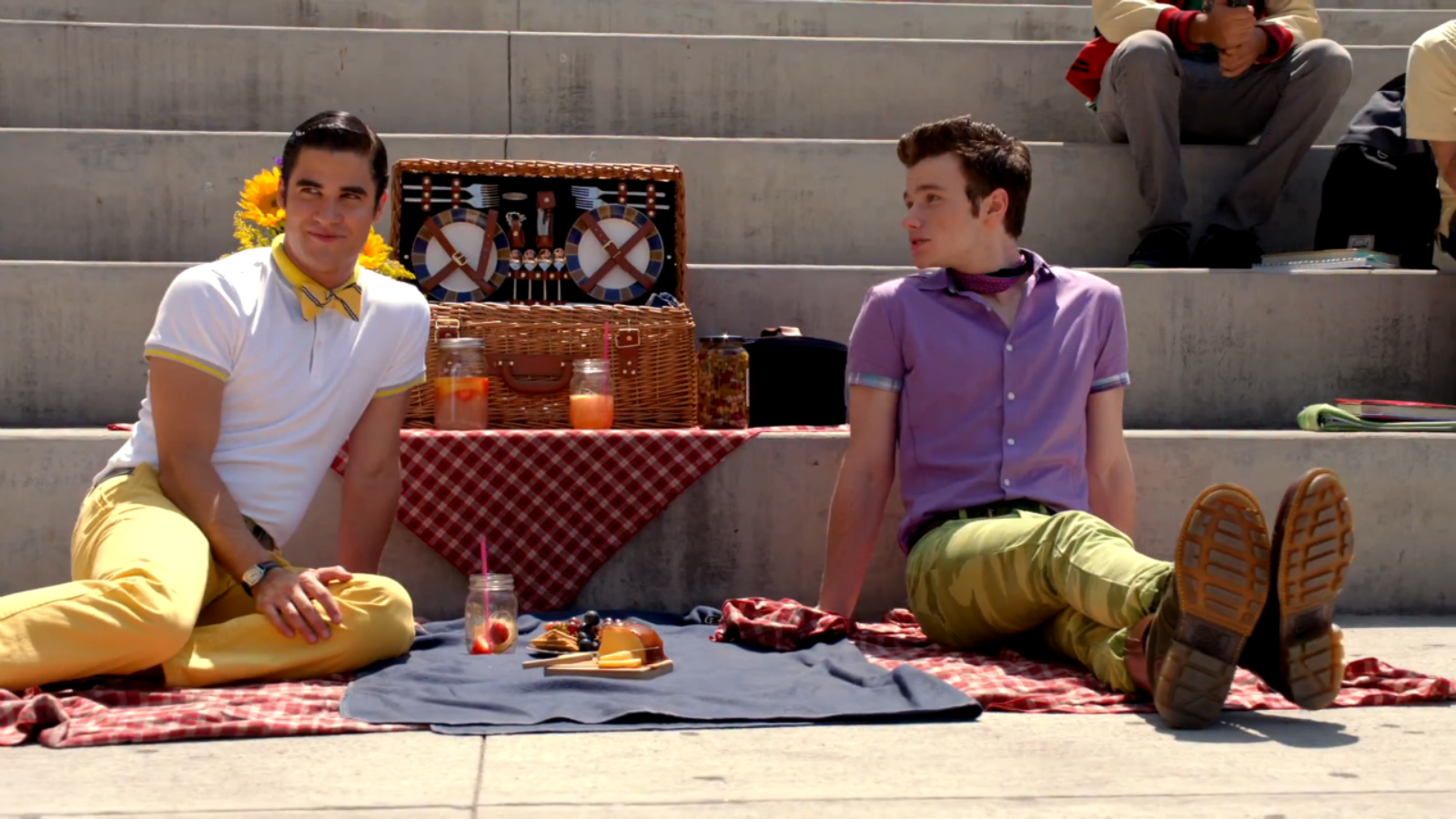
Even as recently as 2018, when Love, Simon hit theaters, queer characters were being played by straight actors. Here, the titular character is played by Nick Robinson, while his love interest, Bram, is played by openly queer actor Keiynan Lonsdale. The question here becomes why is Hollywood prioritizing straight actors playing queer leads when there are queer actors also involved in those same projects? And if the lead is played by a queer actor or actress, why is the audience more receptive to their counterparts played by straight actors?
Will They? Won’t They?
As a queer audience member, it becomes increasingly easy to ignore the sexuality implied by characters and chose a more analytical route. Why is that? As I mentioned already, I believe that we partially have the Hays Code to thank for that mindset, but we also have to look at the way queer people are often represented. Again, straight actors seem to have priority when it comes to queer casting, so the actors playing the roles are not taken into account when seeking out representation. When a queer character is portrayed in a way that isn’t stereotypical, the audience is often left context clues to follow like breadcrumbs. Queerness is also often looked at as a dark secret or something that has been repressed. We never get a fully rounded queer character because their storyline is completely about being queer or about trying to deny or hide their queerness. So how does that affect our consumption of media?
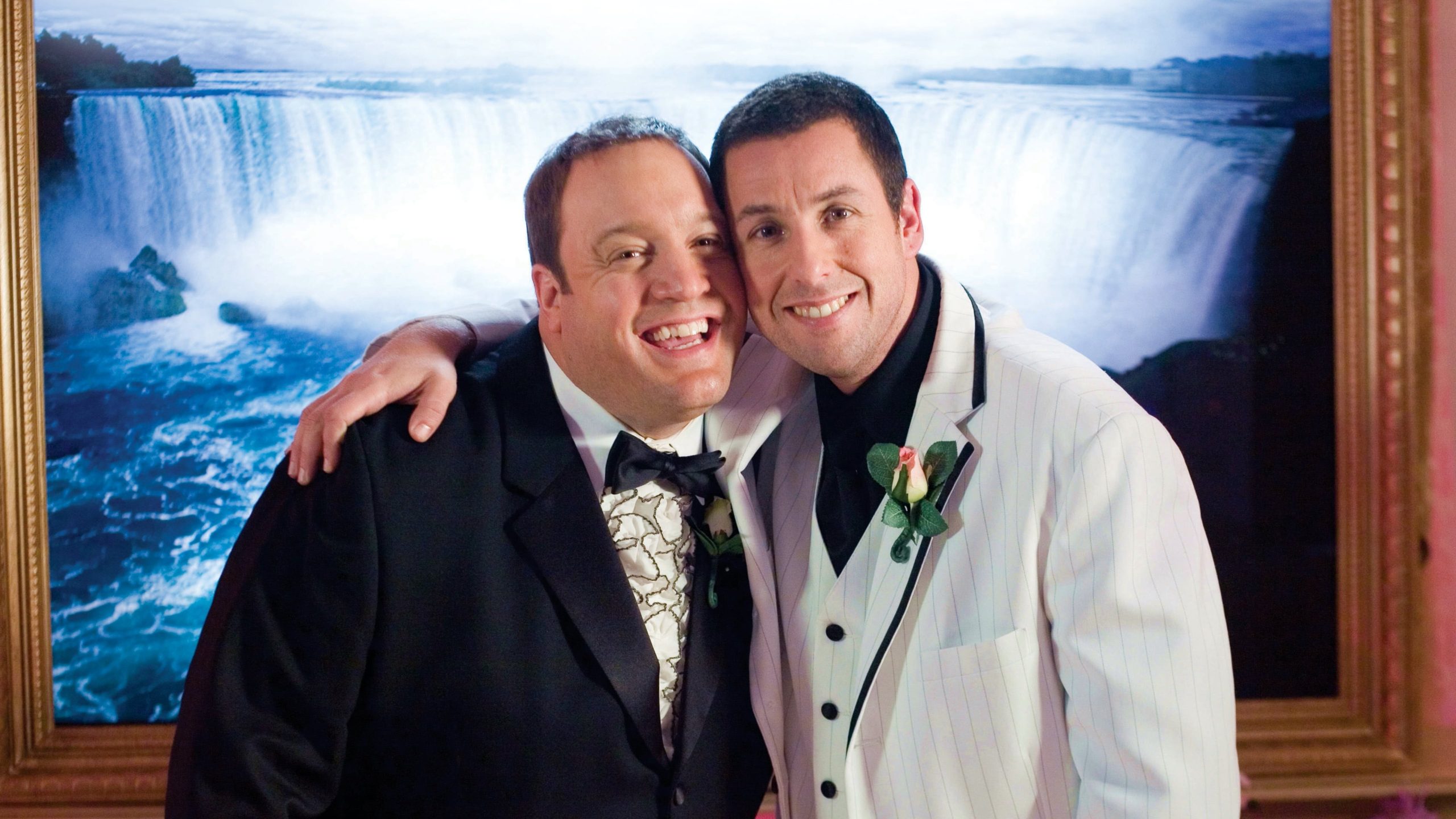
Enter queerbaiting, where creators hint at queer characters without ever giving the audience queer characters. More often than not, a queer audience member is going to pick up on subtle hints regarding sexuality — whether that is due to queercoding in media or a survival mechanism we’ve gained from living in a heteronormative society, we pick up on the art of subtly more often than our straight counterparts. This leaves room for writers to add in enough subtext to draw in a queer audience, while not risking the comfort of their straight audience. Some of the most popular examples of queerbaiting are Sherlock Holmes and John Watson in Sherlock (2010-2017) and Dean Winchester and Castiel in Supernatural (2005-2020). The latter of which attempted to remove itself from its queerbaiting history by having Castiel proclaim his love, just before being sent to hell during the already bizarre events that plagued the final season.
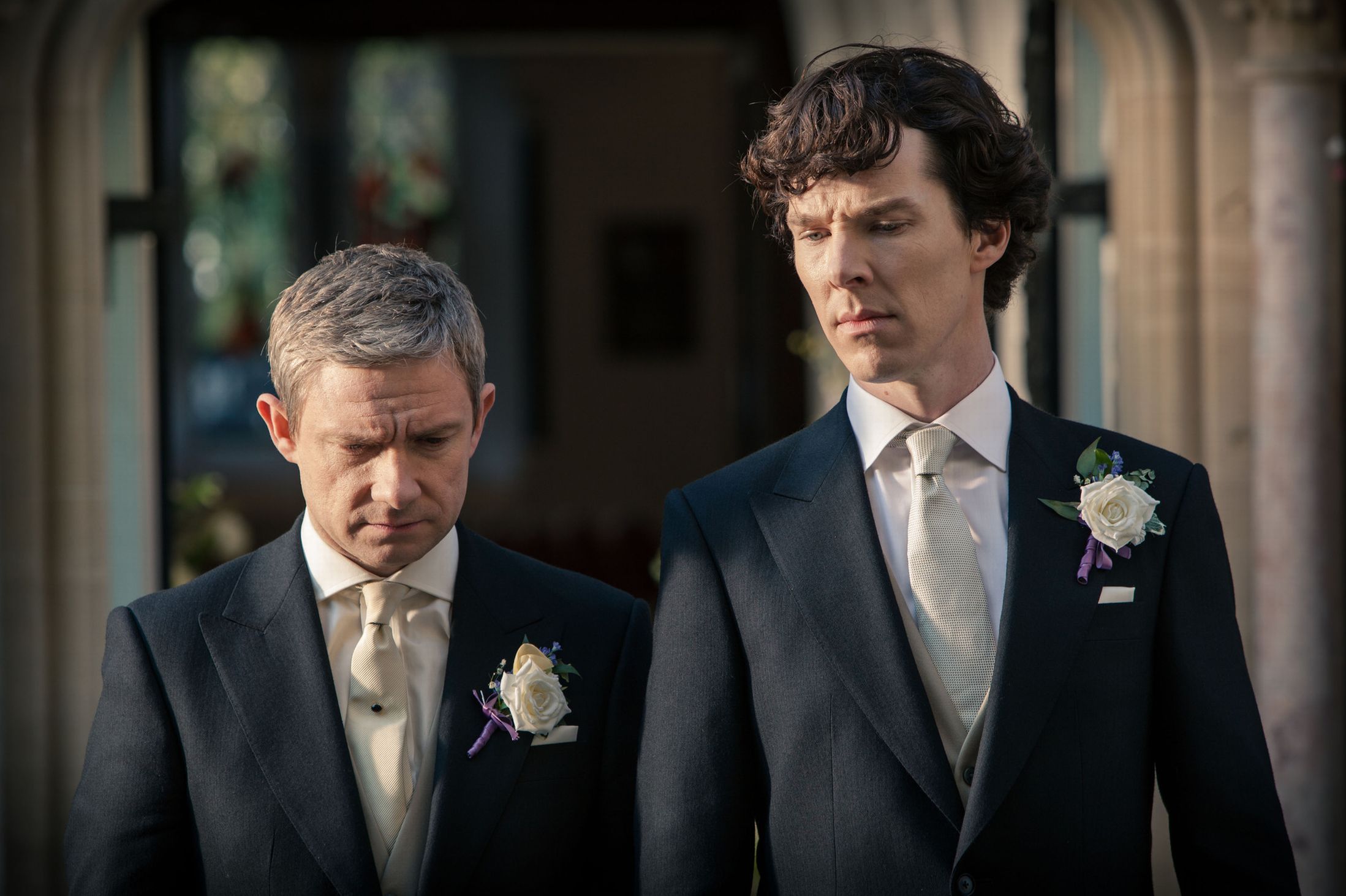
In 2010, BBC’s Sherlock came out and introduced a whole new generation to the adventures of Sherlock Holmes and John Watson. With Mark Gatiss, a gay man himself, as a co-creator and a running gag about the two main characters being in a relationship, it seemed inevitable that viewers were going to have a queer romance play out before their eyes. Yet, four seasons in, John had married a woman and become a widower, and Sherlock stayed married to his work. As the last episode aired, it became apparent that viewers would never see the queer representation that had been teased all along and would have to settle for the two men platonic raising a baby together. Even so, we waited and held our breath hoping for one more season or special to confirm what we’d wanted for so long only to be told that we’d made it all up. In the end, the idea of romance had been dangled in front of the audience long enough to tell the story that they wanted to tell and then written off as a running gag and nothing more.
A Storm Is Brewing
Often, when the queerbaiting is used as a marketing tactic, the actors choose not to comment on it or deny it altogether. In Sherlock (2010-2017), the latter approach was taken by some of the actors, and the fandom was blamed for the show coming to an end. Be it from ignorance or frustration, many straight actors don’t understand the desire for queer representation in most films and television shows. In one noteworthy case, however, the actors fought for the addition of a queer romance to no avail.
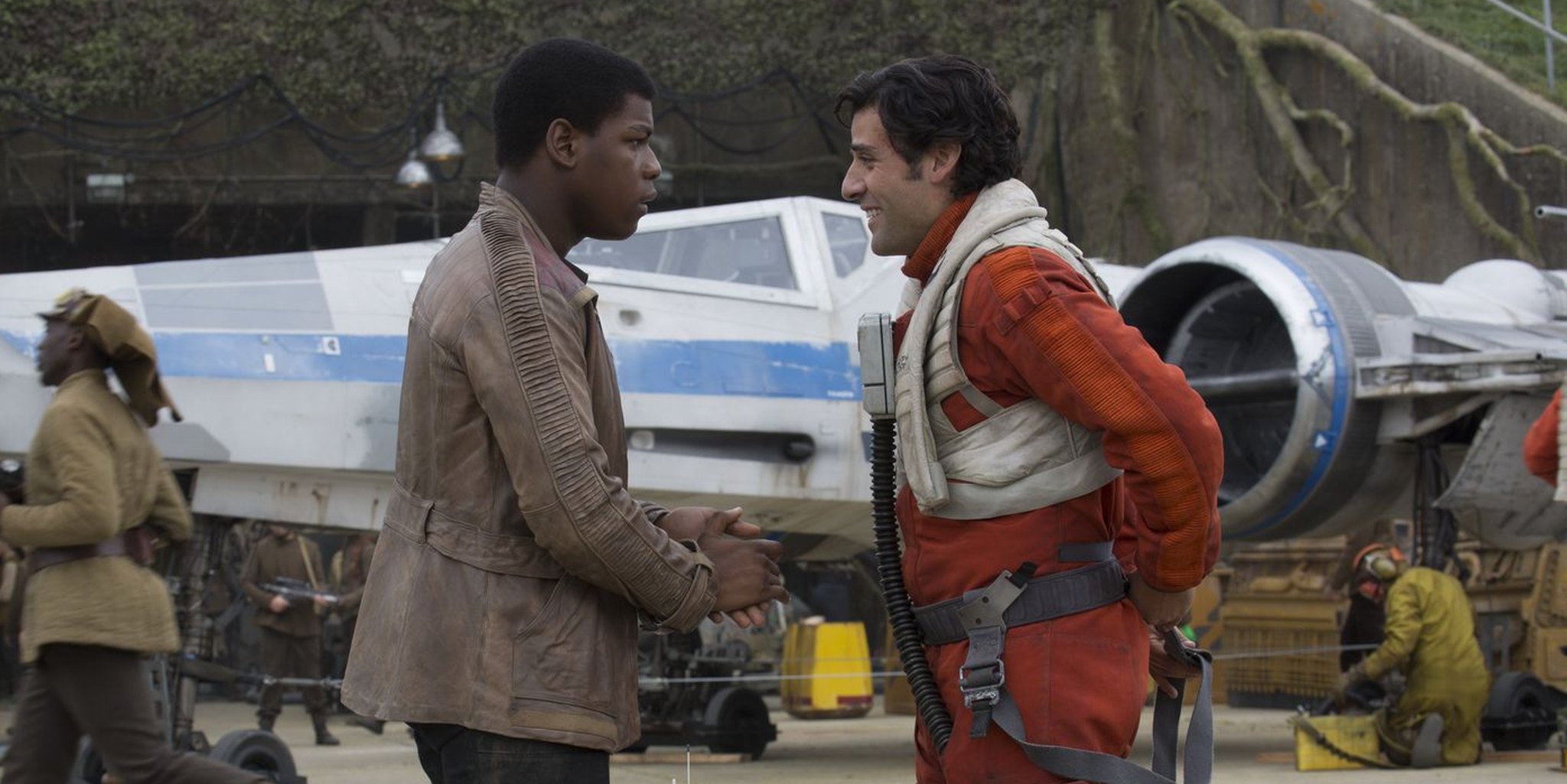
Ex-storm trooper Finn and rebel pilot Poe Dameron, a ship known as StormPilot, became the faces of queer representation for many young Star Wars fans. Neither character, however, was ever stated to be queer in anyway, nor are the actors that portrayed them. The chemistry between the characters was still there and fans were not the only ones that felt it, both John Boyega and Oscar Isaac were extremely vocal about supporting the romantic shipping of their characters (( Hale-Stern, K. (2019, October 16). John Boyega Loves Finn/Poe Just as Much as We Do. The Mary Sue. https://www.themarysue.com/john-boyega-finnpoe/ )). Oscar even spoke in an interview about pushing for the romance with Disney executives, but was ultimately turned down (( Duffy, N. (2019, December 30). Oscar Isaac says ‘Disney overlords’ vetoed gay Star Wars romance. PinkNews | Latest Lesbian, Gay, Bi and Trans News | LGBT+ News. https://www.pinknews.co.uk/2019/12/30/oscar-isaac-disney-overlords-vetoed-gay-star-wars-romance/ )).
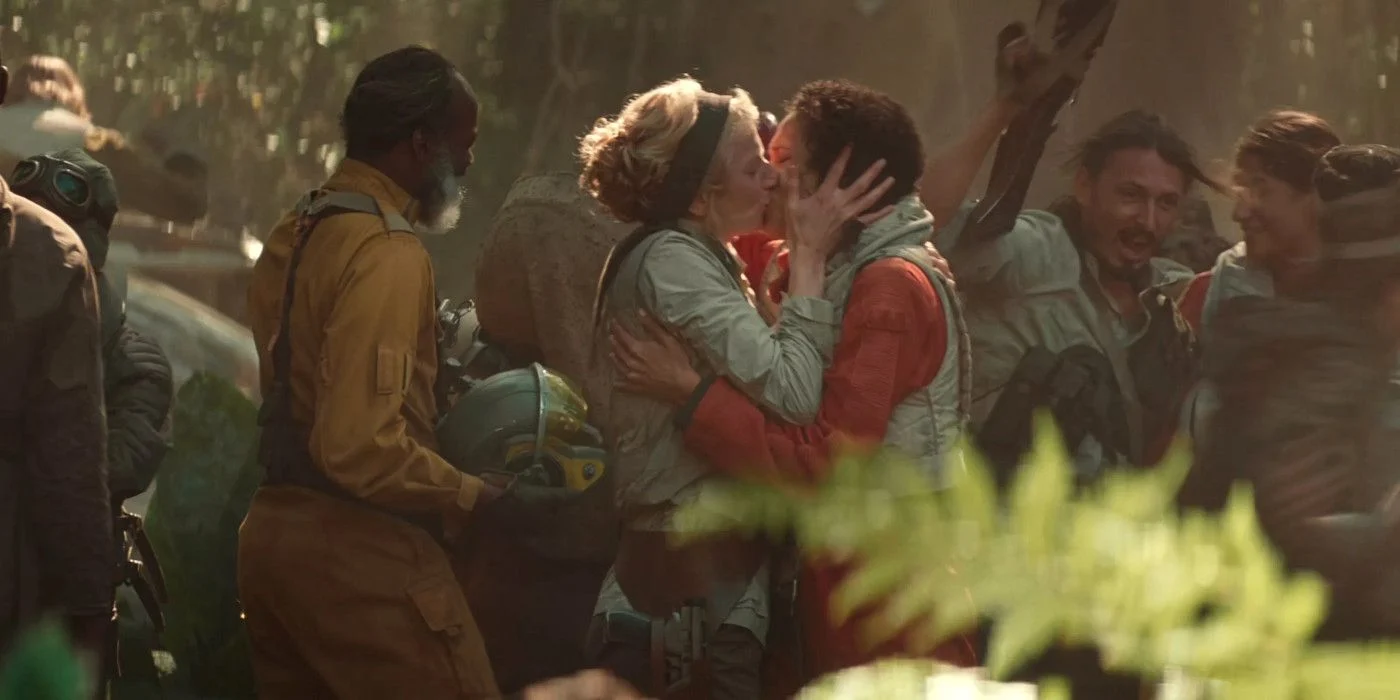
While fans were denied the StormPilot romance, Disney didn’t scrap all queer representation, a same-sex kiss was present in the final installment of the trilogy. In a moment of celebration, a kissing couple comprised of two women flashed across the screen. Queer fans felt underrepresented, given the denial of a couple that was shipped by cast and fans alike, while certain straight fans felt outraged at the inclusion at all.
For Diversity’s Sake
There is an urgent need to diversify the film and television industry, from queer representation to racial diversity the industry has failed many audiences. Since its conception, film has prioritized their white male audience and society is calling for them to do better. However, the inclusion of characters of different ethnicity, races, religions, and sexualities often feels like an afterthought. This is where we have seen “token” characters come into play. Often, these characters will be there for the sole purpose of diversity. In this case, I will be focusing on queer “token” characters, but this issue often is seen racially as well.
In regards to queer representation, most of the queer characters in film and television are men, frequently white men at that, and they fit into a specific stereotype that becomes their only personality trait. Superstore (2015-2021) did a wonderful job at representing intersectionality but didn’t always flesh all of their characters out into full people. Very early on, it established the need for queer representation in a show about average life and average people, but Mateo often played into an array of stereotypes and was far more flamboyant than his on and off white counterpart, Jeff.

Does this type of queer representation benefit the community in anyway? In a Will & Grace (1998-2020) original run-era world, I would say yes. At a time when gay characters needed to be humanized and looked at as more than just the villain, queer representation via a harmful stereotype of a white gay man with a cosmo is a step in the right direction. However, we aren’t living in the late 90s and early 2000s and we have seen a lot of progress in the queer community, so having queer characters for the sake of having queer characters as a form of queer representation feels like ten steps back. If writers are struggling to write full-fledged, well-rounded, diverse characters then maybe they need to reevaluate who they surround themselves with. Someone on the cast or crew should have the lived experiences necessary to assist with the creation of a full character — gone is the era where ignorance is an acceptable excuse for supremacy and bigotry.
Straight And Narrow
Queer representation in film and television has come a long way, but it is apparent that straightness is still deeply engrained in the movement. In the shows and movies that are considered pillars of queer representation, straightness is centered almost more than the queerness being portrayed. The actors are straight, the writers are straight, the leads are straight, or the queer characters are striving for the acceptance of the straight characters in their story, all of which is true for Love, Simon (2018).
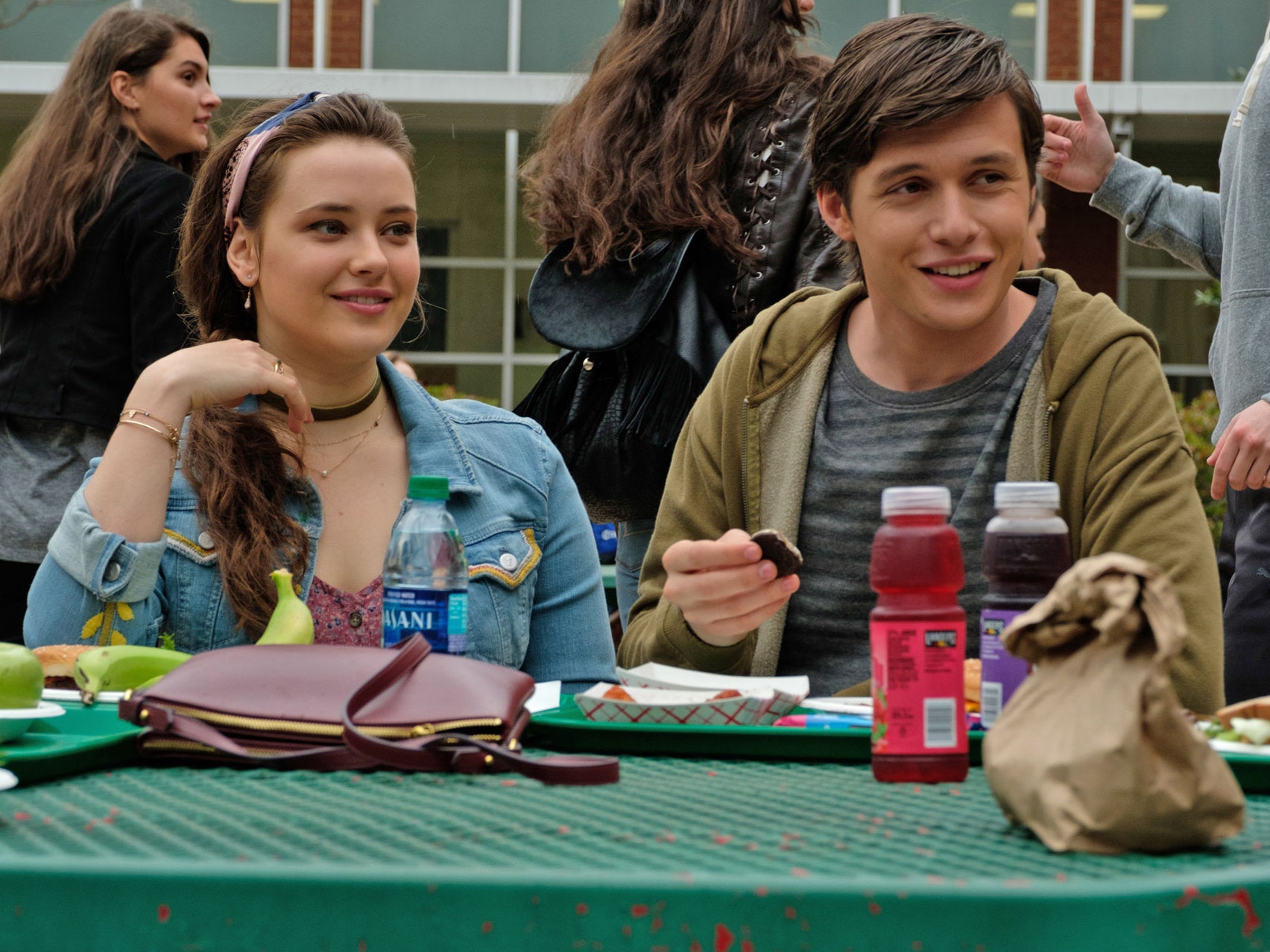
Ellen (1994-1998), as mentioned before, was taken off the air for shifting its comedic focus to the more serious issues of the queer community. However, Ellen’s ability to even consider coming out was also intertwined with straightness. Mainstream queer representation shows lesbians are more palatable to straight men, especially when presented as more feminine, they are seen as harmless or sexy and still feed into the male gaze and fantasy. Had Ellen continued to just be a funny, feminine lesbian woman, the show likely wouldn’t have seen cancellation so soon after coming out. Friends (1994-2004) semi proved this theory by having Carol and Susan’s relationship be a reoccurring storyline for several seasons, to include them getting married, while never losing the sitcom aspect of the show. Meanwhile, Will & Grace (1998-2020) had the explicitly straight Grace to tamper down the homosexuality of it all, not to mention Karen, the hyper-sexualized series regular. The interactions between Will and Grace often came across as relationship-like, allowing straight women to feel comfortable and probably spearheading the concept of the gay best friend.
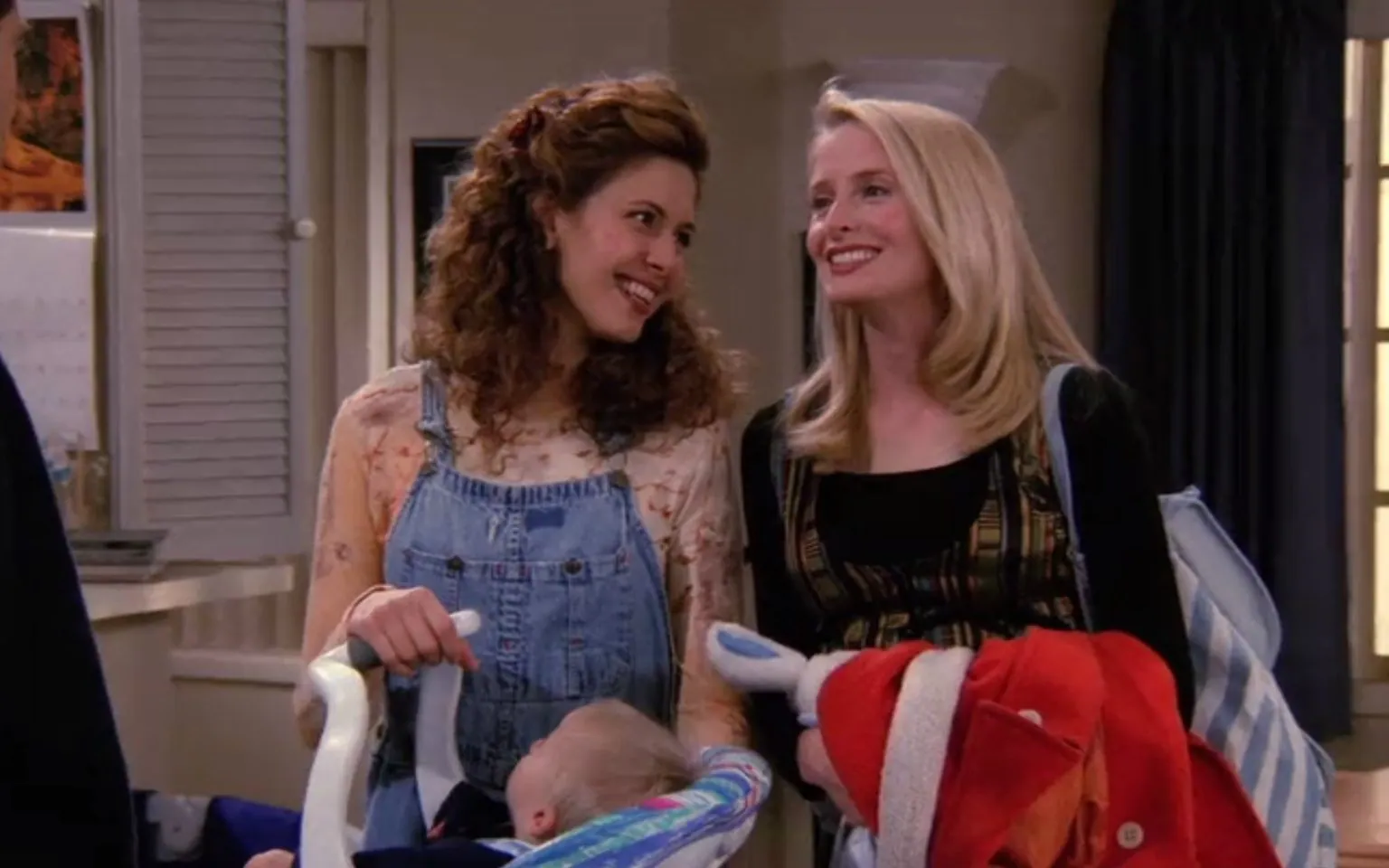
Now, queer representation is becoming far more prevalent, but it is still prioritizing straight, cisgendered actors. This is likely why same-sex male relationships are shipped mostly by heterosexual women. Though differing from the male fantasy of a lesbian relationship, straight women also find fulfillment through gay characters played by straight male actors. It takes away the element of toxic masculinity and allows for women to envision a relationship with a man that caters to their emotional needs.
The Future Of Queer Representation
So where do we go from here? I believe as society puts pressure on the industry to produce a more authentic queer representation, we will see movement in the right direction. There have already been calls to action in regards to casting trans actors to play trans characters and Hollywood seemed to meet the demand following instances such as Eddie Redmayne’s casting in The Danish Girl (2015). Though most straight, cisgendered audience members may not be able to name more than one or two trans actors or actresses in the industry.
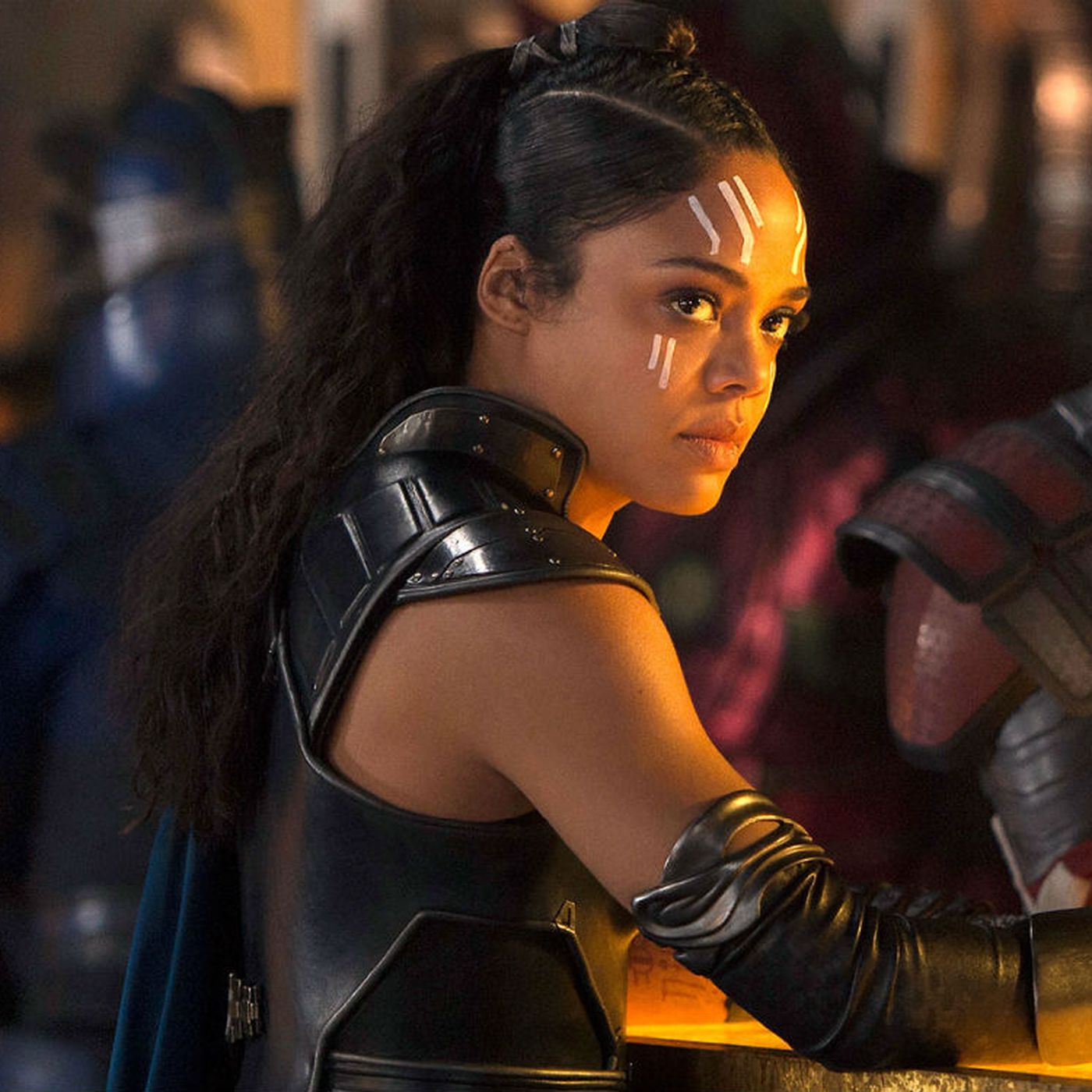
Even as audiences grow more aware, the industry is still dominated by cis-het, older, white men. Until studios, casts, and crews diversify, we will never see the exact queer representation that we are looking for, because they simply don’t understand how to execute it. Their concept of sexualities other than heterosexual leads to stereotypes like the cheating bisexual character or the asexual that can be “cured” through sexual engagement with the opposite sex. Queerness has to be separated from cisgendered, heteronormativity before it can be represented authentically.
Hollywood has diminished the entire queer community to only be represented by what the major of the non-queer audiences find palatable: generally white, flamboyant gay men or masculine lesbian women. To mitigate the discomfort of their straight, cisgendered audience they erased nearly everyone else in the community. For the queer community to gain real ground, queer directors, writers, and actors have to be centered by the allies that currently have the spotlight. All hope is not lost, however, as Tessa Thompson (a bisexual woman herself) will be reprising her Thor: Ragnarok (2017) role, Valkyrie, who is set to become the MCU’s first openly queer character. Will the MCU be able to give the audience accurate queer representation? It’s too early to tell, but until then, at least we can say that we have the fandom.
